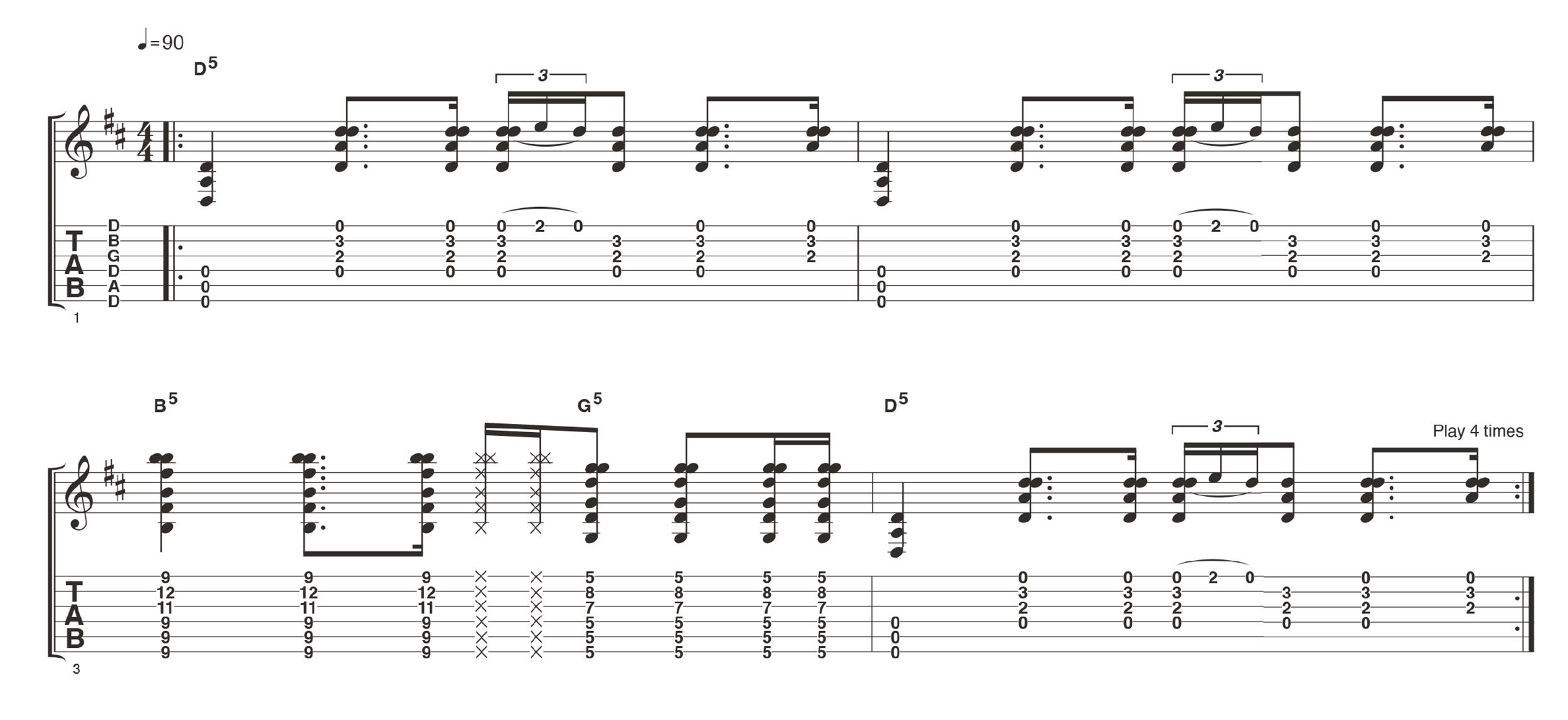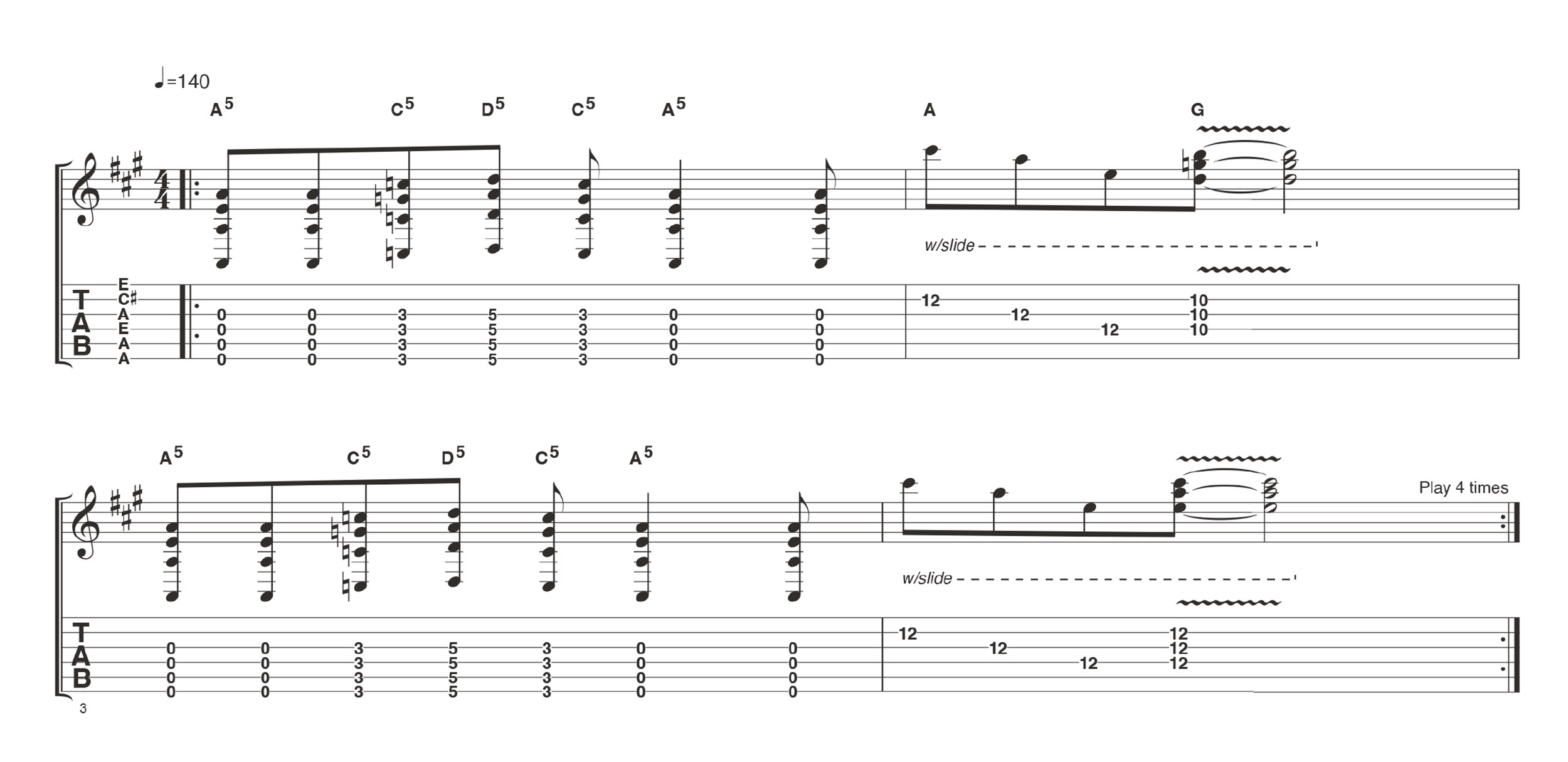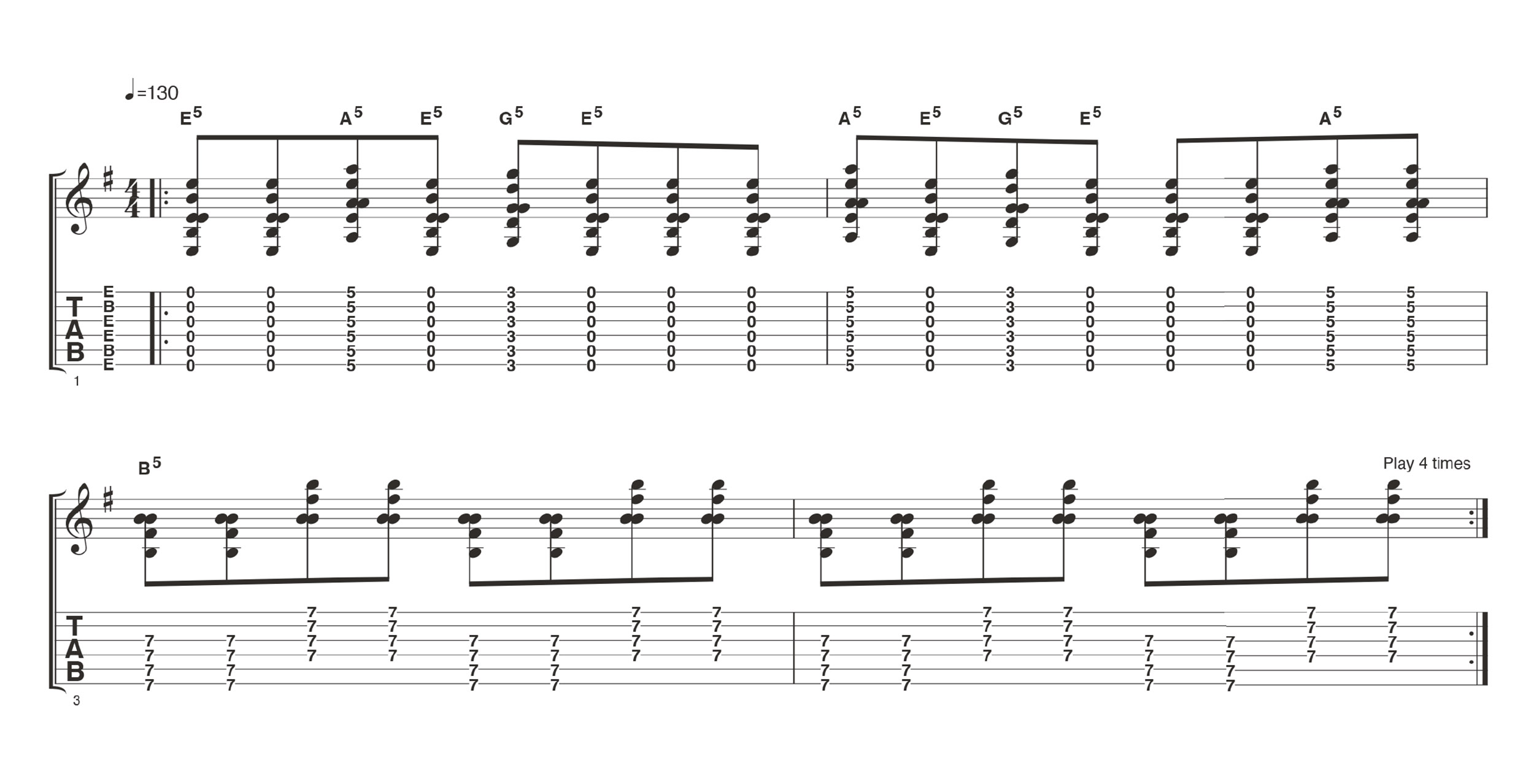From boogie hooks to alternate tunings and experimental 10-string riffs, Joe Perry’s mastery of the fretboard is often taken for granted – here are 14 ways to incorporate his signature style into your own playing
Walk this way for a comprehensive masterclass in the Aerosmith guitarist's signature style

Joe Perry has been gracing the world’s biggest stages for over 50 years now, initially, of course, with Aerosmith, then later on with the Joe Perry Project and the Hollywood Vampires. Of course, each project very much has its own identity, but there are some constants running through Joe’s playing style.
First of all, Joe has always made use of a number of tunings. Sure, you’ll hear him rocking out in E standard most of the time, but some of Aerosmith’s biggest tracks feature altered tunings you may not know about – there’s plenty more detail below.
He’s also quite experimental with the guitars he uses. Though he’s the embodiment of a guitar connoisseur, he likes to feel inspired from gig to gig, so, while he has some guitars set up for specific songs, he’ll often choose different guitars on different nights. There’s a certain freedom and spirit that’s a big part of his playing.
Read on as we break down some of Joe’s trademark techniques.
Example 1. 10-string riffing
Our first example is inspired by 1993’s Living On The Edge which was originally recorded in drop D tuning (DADGBE), though we’re experimenting with double drop D (DADGBD) here.
Live, Joe mostly uses his 10-string B.C. Rich Bich, or, alternatively, the 12-string fretboard of a Gretsch 6/12 doubleneck – the extra course of strings providing a richer, jangly sound.
Example 2. Drop A tuning
The next example is inspired by Joe’s gritty slide work on 1977’s Draw The Line, where he uses a Dan Armstrong Plexi guitar tuned to open A with the sixth string way down on a low A (A A E A C# E).
All the latest guitar news, interviews, lessons, reviews, deals and more, direct to your inbox!
It gives a real growling bottom end that contrasts with the smoother slide sound. For our example, we recommend wearing your slide on your third finger and playing the low powerchords with your first finger.
Example 3. EBEEBE tuning
Joe employs a bespoke E5 tuning (EBEEBE) on one of Aerosmith’s biggest tracks, No More No More, and, typically, he has a Telecaster set up specially for it. We’re looking at some simple strumming here, so it’s easy to get started with.
Example 4. Bass VI riffs
This next example is inspired by Back In The Saddle, a song originally written on a Fender Bass VI. Joe is riffing in the midrange of the bass guitar, and that means some similar ideas can be created on the guitar.
Though we’ve used a bridge pickup here, you could experiment with a neck pickup and by playing bar 1 in 5th position to get a warmer, bassier tone.
Exercise 5. Open E slide licks
Here, we’re taking our inspiration from Rag Doll, once again playing slide, but in open E tuning (E B E G# B E) this time. Joe plays this song on a P-90-loaded lap steel over crunchy Les Paul tones provided by Brad Whitford. As always, make sure to position your slide directly over the fret in question, not behind it.
Exercise 6. Funky riffing
This next example is inspired by Last Child. Aerosmith have always blended classic rock with funk, right from their early days. It’s the kind of riff that Joe’ll play on almost any electric guitar, Strats, Les Pauls, hollowbodies, and so on.
Exercise 7. Simple open chords
Sometimes simple is best and this example uses classic, open position powerchords. Joe is famed for plugging his ‘Boneyard’ Gibson Les Paul Standard into lightly overdriven Marshall amps with the help of clean booster pedals such as the Klon Centaur.
Exercise 8. Blues-rock phrasing
Much of Joe’s signature lead work fits into the blues-rock framework established by Joe’s key guitar influences such as Jeff Beck, Peter Green and Jimmy Page. This example is inspired by Joe’s soloing on tracks like Train Kept A Rollin’. The A minor pentatonic scale is the scale of choice here.
Exercise 9. Pentatonic riffs
This example uses the E minor pentatonic scale to create an exciting, fast paced riff. This type of riff work can be heard throughout Aerosmith’s back catalogue – our example was inspired by songs like Toys In The Attic.
This riff will sound best if played exclusively with downpicking, but you may need to build up to our fairly fierce 180bpm tempo.
Exercise 10. Riff In An Elevator
Any open string can be used as a pedal tone to provide a harmonic grounding for other notes to be played against. This riff is inspired by Love In An Elevator and features a descending line that combines pull-offs and rhythmic picking. Such is Joe’s penchant for swapping guitars out, this is one of those riffs that you could play on almost any guitar.
Example 11. Question and answer licks
Leaving space in musical phrases is a key ingredient of authentic blues guitar, and Joe uses this concept to the max in his solos. Our example uses the E minor pentatonic scale in its shape 1. The opening line is ‘answered’ by an ear-grabbing one and a half tone bend on the third string.
Example 12. Power ballad arpeggios
This next example is inspired by classic Aerosmith power ballads like I Don’t Want To Miss A Thing. A simple D5 arpeggio is repeated and each time the bass note changes to provide movement. This type of idea has a hypnotic quality and is very effective when played at a power ballad tempo.
Example 13. Fingerstyle doublestops
The doublestop is great for creating riffs and this next example is inspired by tracks like Dude Looks Like A Lady. Joe used a Gretsch Duo Jet to record this song, and the Filter’Tron electric guitar pickups add that extra spice.
The fingerstyle technique allows both notes to be plucked simultaneously and this adds a unique sound to the attack. The notes are also cut slightly short as the fingers pluck the next doublestop.
Example 14. Boogie riffing
Joe is a master of the boogie riff, both with Brad Whitford in Aerosmith and in his solo Joe Perry Project line-up. Our example is inspired by his rhythm work on tracks like Walk This Way and many others. The rhythm on this one has a shuffle feel and requires a solid picking hand.
Jon Bishop is a UK-based guitarist and freelance musician, and a longtime contributor to Guitar Techniques and Total Guitar. He's a graduate of the Academy of Contemporary Music in Guildford and is touring and recording guitarist for British rock 'n' roll royalty Shakin’ Stevens.















